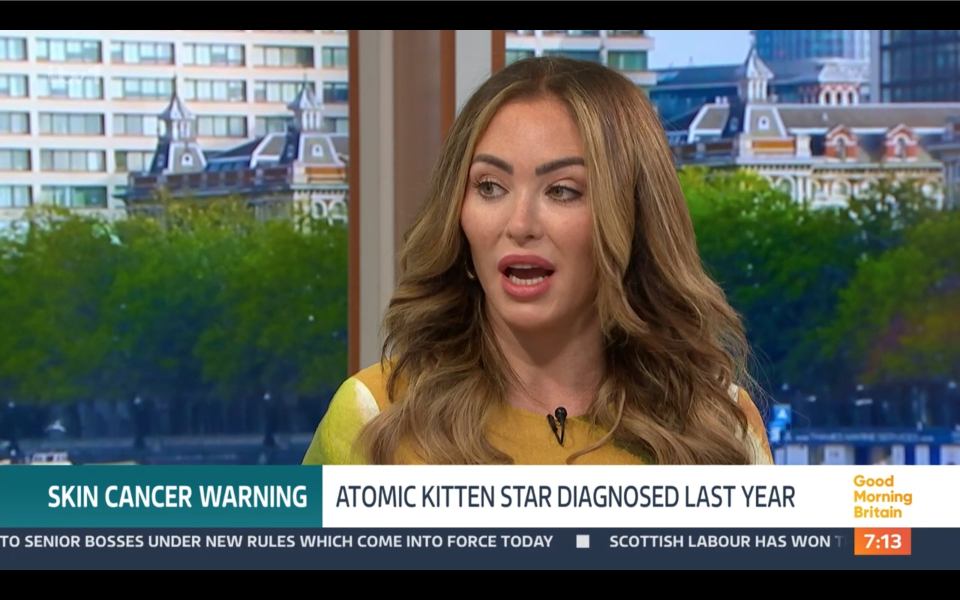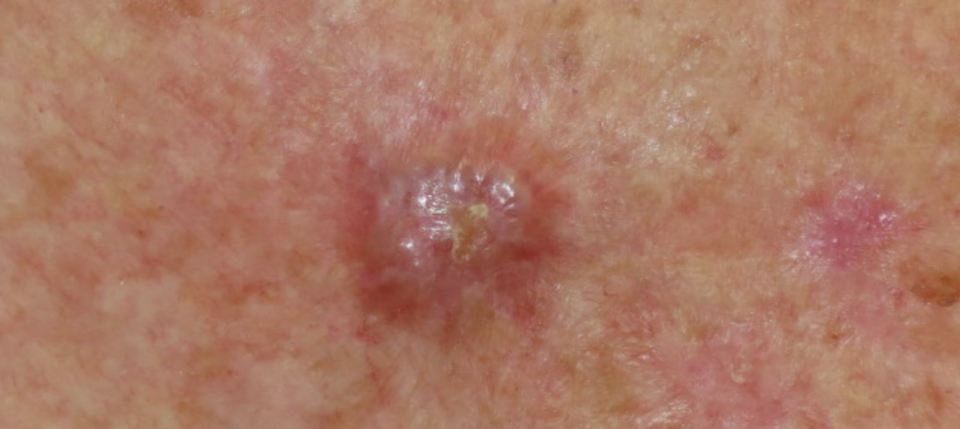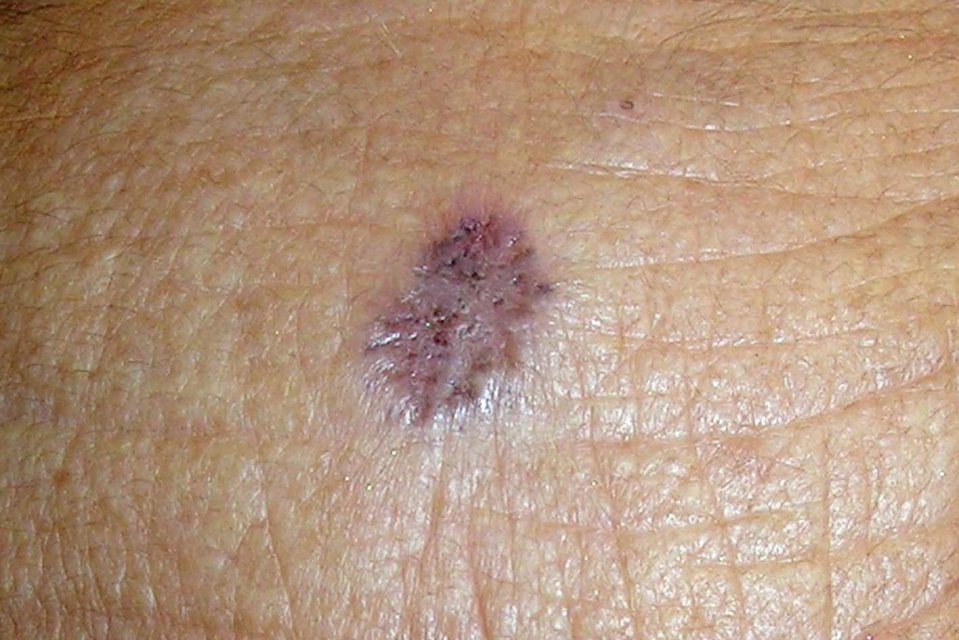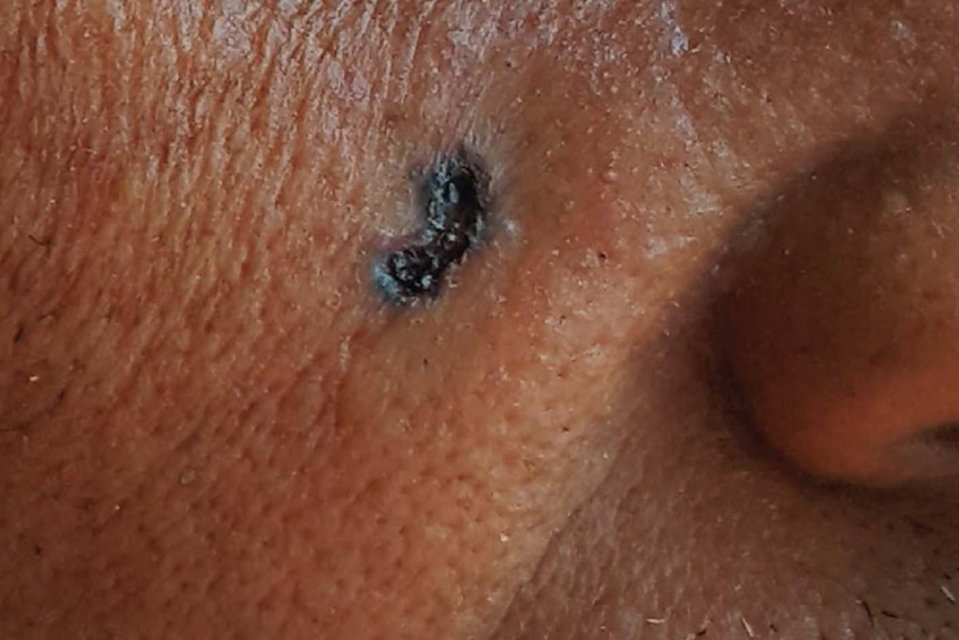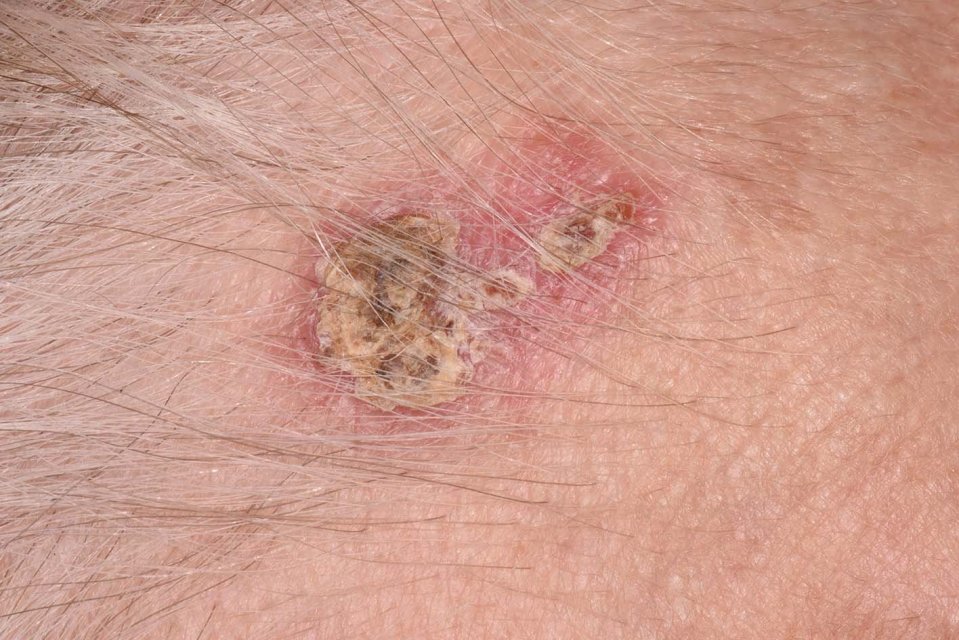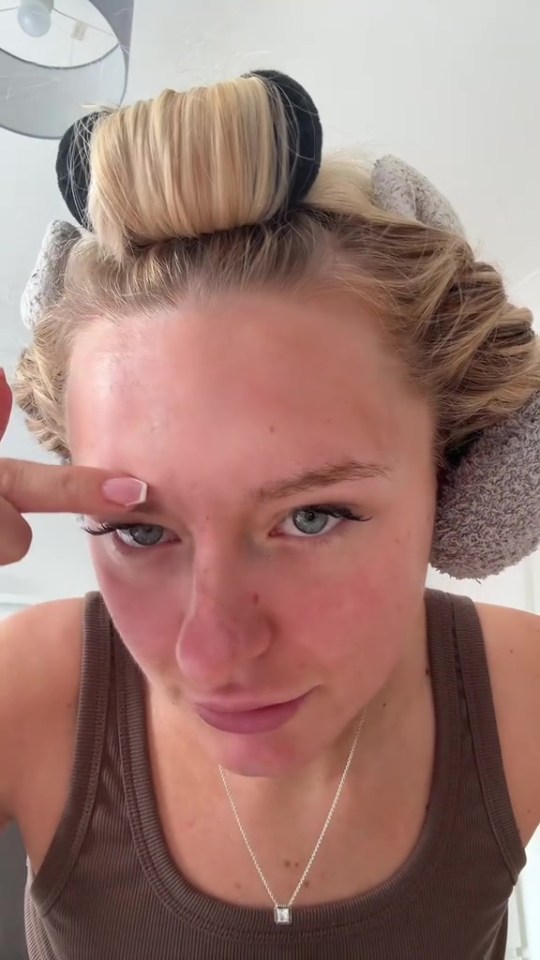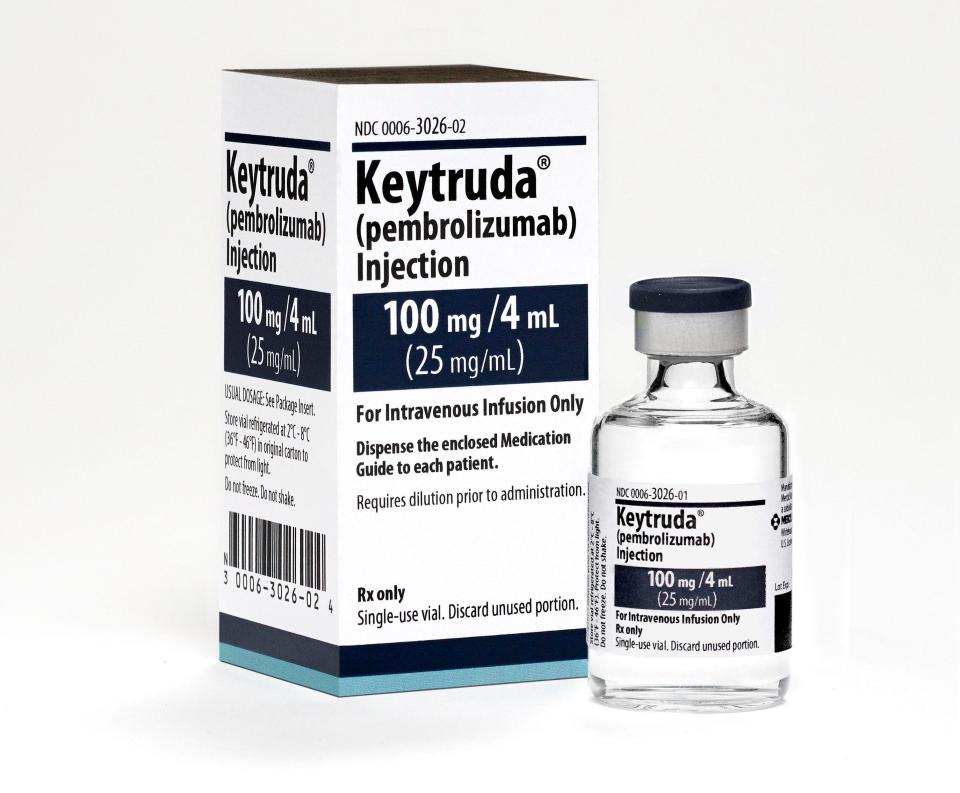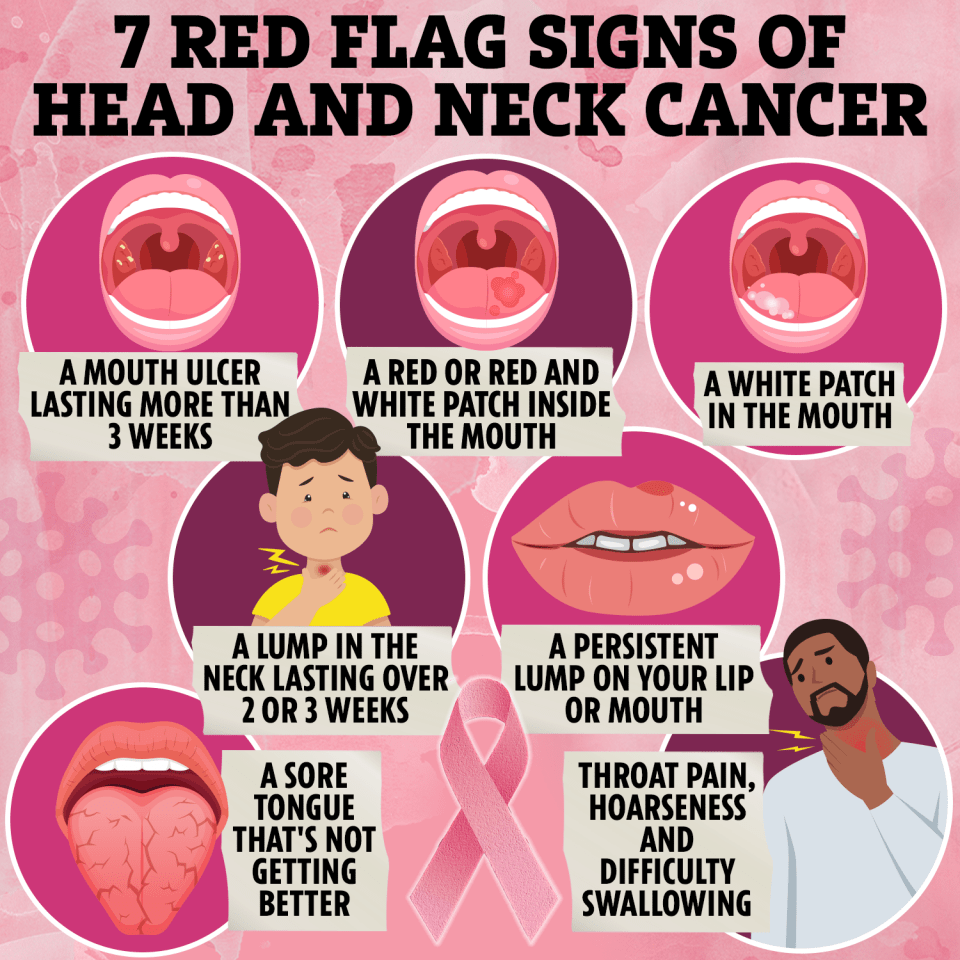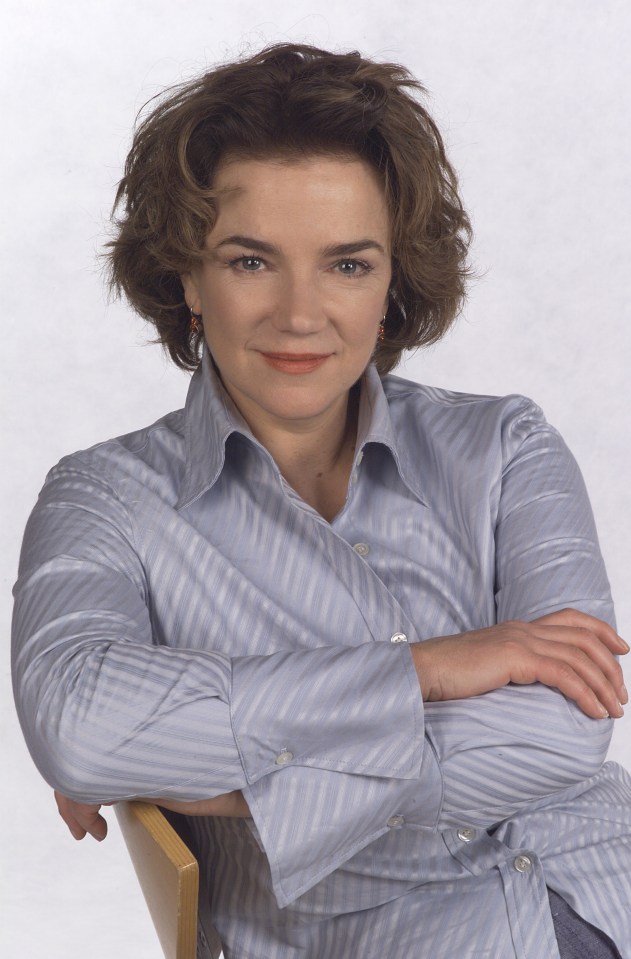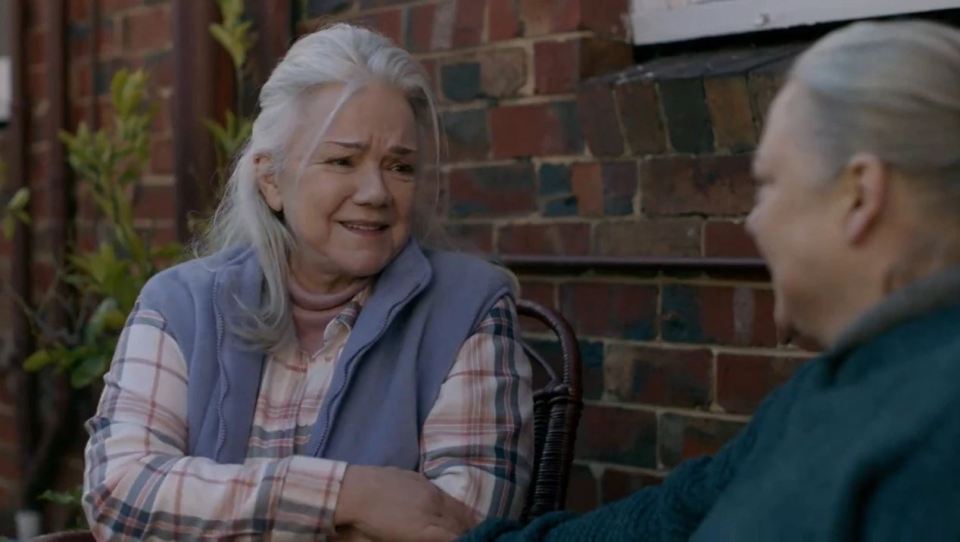New fat jabs warning over ‘increased risk of cancer – as experts fear they ‘stop common medication working’
WEIGHT loss jabs could prevent a medication taken by millions of women from working – and increase patients’ risk of cancer.
The British Menopause Society said the jabs could cause hormone imbalance in women taking hormone replacement therapy (HRT), particularly for those with obesity, putting them “at increased risk of womb cancer”.
It follows warnings to women on weight loss medications to take effective contraception, as the jabs could render the pill less effective.
That’s because weight loss drugs Wegovy and Mounjaro – as well as diabetes jab Ozempic – can delay the absorption of pills taken orally, as well slowing down the passage of food through the gut.
Guidance suggests women taking HRT in pill form may also be at risk.
The British Menopause Society (BMS) told doctors to closely monitor menopausal women on HRT who are also using weight-loss jabs.
The treatment tops up the hormones oestrogen and progesterone, which dip to low levels as the menopause approaches.
Data from 2023-24 showed that 2.6 million women in England rely on the drugs to alleviate hot flushes, night sweats, difficulty sleeping and mood changes.
“During the last two years, since semaglutide and tirzepatide [the active ingredients in Wegovy and Mounjaro] received licenses for weight loss, there has been an increase in uptake of these medications through private clinics, while NHS prescribing is limited to specialist weight management services,” the BMS guidance stated.
“There are no current data available about numbers of women receiving HRT concurrently with semaglutide or tirzepatide.”
The most common form of HRT is a progesterone pill alongside a skin patch or gel to deliver oestrogen, but some people opt for a combined pill.
Progesterone balances out the effects of oestrogen, which on its own stimulates the growth of the womb lining, and can cause “abnormal cells and cancer” to grow.
The menopause experts expressed concern over the loss of the progesterone’s protective effect on the womb as a result of weight loss jabs.
They recommended that doctors move women taking progesterone orally to an intrauterine device, such as a Mirena coil, or increase their dose of progesterone.
Prof Annice Mukherjee, a consultant endocrinologist and member of the society’s medical advisory council, who led on the guidance, told The Telegraph that a hormone imbalance could put women “at increased risk of womb cancer” – particularly if they are obese.
“Oestrogen is almost always given through the skin for HRT in women living with obesity, but progesterone is frequently given as a tablet, and that formulation is thought to be the safest route for women who have complicated health issues,” she said.
“If we then start one of these injectable weight-loss drugs, then you’re preferentially stopping absorption of the progestogen that’s coming in orally, but you’re allowing plenty of the oestrogen through the skin.
“The rules are very clear that if you give a very high dose of oestrogen and you don’t give enough progesterone, however that happens, you’re putting that woman at risk of womb cancer,” she said.
Prof Mukherjee said there was currently a “culture of putting women on very high doses of oestrogen”, which can make the womb lining thicken.
“It’s like having a lawn in a woman’s womb. Oestrogen makes the lawn grow. Progestogen cuts the lawn. But if it’s not being cut, it grows thicker, and then you can get abnormal cells and cancer.”
Everything you need to know about fat jabs
Weight loss jabs are all the rage as studies and patient stories reveal they help people shed flab at almost unbelievable rates, as well as appearing to reduce the risk of serious diseases.
Wegovy – a modified version of type 2 diabetes drug Ozempic – and Mounjaro are the leading weight loss injections used in the UK.
Wegovy, real name semaglutide, has been used on the NHS for years while Mounjaro (tirzepatide) is a newer and more powerful addition to the market.
Mounjaro accounts for most private prescriptions for weight loss and is set to join Wegovy as an NHS staple this year.
How do they work?
The jabs work by suppressing your appetite, making you eat less so your body burns fat for energy instead and you lose weight.
They do this my mimicking a hormone called GLP-1, which signals to the brain when the stomach is full, so the drugs are officially called GLP-1 receptor agonists.
They slow down digestion and increase insulin production, lowering blood sugar, which is why they were first developed to treat type 2 diabetes in which patients’ sugar levels are too high.
Can I get them?
NHS prescriptions of weight loss drugs, mainly Wegovy and an older version called Saxenda (chemical name liraglutide), are controlled through specialist weight loss clinics.
Typically a patient will have to have a body mass index (BMI) of 30 or higher, classifying them as medically obese, and also have a weight-related health condition such as high blood pressure.
GPs generally do not prescribe the drugs for weight loss.
Private prescribers offer the jabs, most commonly Mounjaro, to anyone who is obese (BMI of 30+) or overweight (BMI 25-30) with a weight-related health risk.
Private pharmacies have been rapped for handing them out too easily and video calls or face-to-face appointments are now mandatory to check a patient is being truthful about their size and health.
Are there any risks?
Yes – side effects are common but most are relatively mild.
Around half of people taking the drug experience gut issues, including sickness, bloating, acid reflux, constipation and diarrhoea.
Dr Sarah Jarvis, GP and clinical consultant at patient.info, said: “One of the more uncommon side effects is severe acute pancreatitis, which is extremely painful and happens to one in 500 people.”
Other uncommon side effects include altered taste, kidney problems, allergic reactions, gallbladder problems and hypoglycemia.
Evidence has so far been inconclusive about whether the injections are damaging to patients’ mental health.
Figures obtained by The Sun show that, up to January 2025, 85 patient deaths in the UK were suspected to be linked to the medicines.
But she also stressed that the biggest risk factor for womb cancer was obesity – meaning that on the whole, weight loss jabs can cut the risk of disease.
“These drugs reduce the risk of cancer,” Prof Mukherjee said.
“But if they are prescribed to a woman who’s on oestrogen through the skin, and she might already have womb thickening because she’s living with obesity, and she’s not absorbing the progesterone because she’s been put on a weight-loss injection, she’s potentially getting loads of oestrogen on top of her thickened womb lining, and that could potentially unmask cancers that are there or drive an early cancer to a more advanced stage.”
The BMS put together the guidelines after calls from GPs for advice to give to patients.
Dr Janet Barter, the president of the Faculty of Sexual and Reproductive Healthcare, told The Telegraph that weight loss jabs can cause side effects such as “vomiting and severe diarrhoea in some patients”.
“Obviously this could render any medication, such as HRT tablets or oral contraception, ineffective if there hasn’t been enough time for them to be fully absorbed,” she said.
“If these side-effects are occurring, then people should discuss the matter with their doctor or specialist clinician to find the combination of drugs that’s right for them.”
Sun Health has contacted Novo Nordisk and Eli Lilly – the makers of Wegovy and Mounjaro – for comment.
It follows warnings from the Medicines and Healthcare products Agency (MHRA) that GLP-1 weight loss drugs could reduce the absorption of contraceptives, due to the fact they slow down the emptying of the stomach.
The watchdog also said the jabs should not be used during pregnancy, while trying to conceive or breastfeeding, over fears they could lead to miscarriage or birth defects.
The MHRA explained: “This is because there is not enough safety data to know whether taking the medicine could cause harm to the baby.”
Dr Bassel Wattar, a consultant gynaecologist and medical director of clinical trials at Anglia Ruskin University, told The Sun: “It’s not the medication itself, but the weight loss that helps regulate a woman’s hormones allowing her ovaries to function properly again.
“Pregnancy is more of a happy side effect.”


